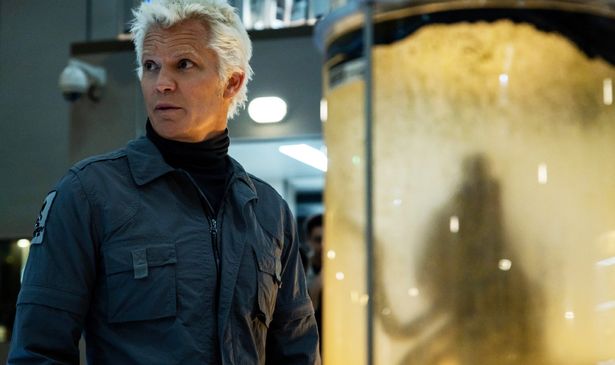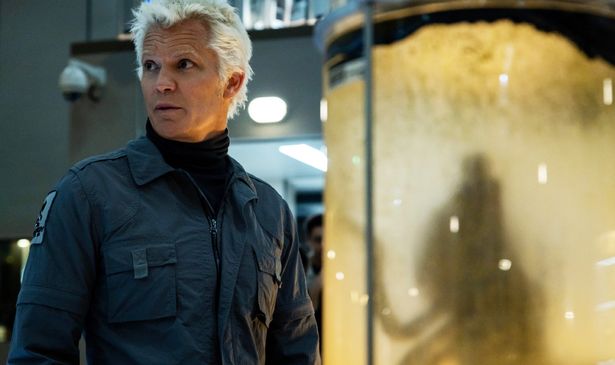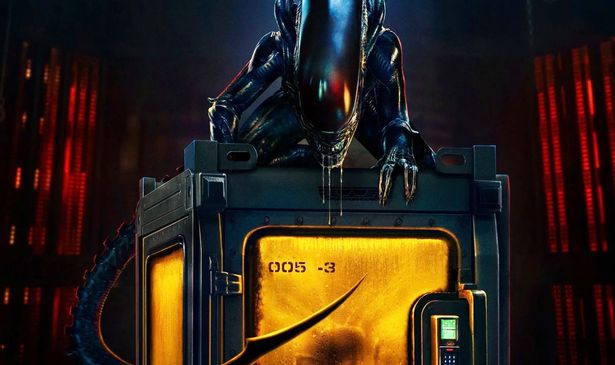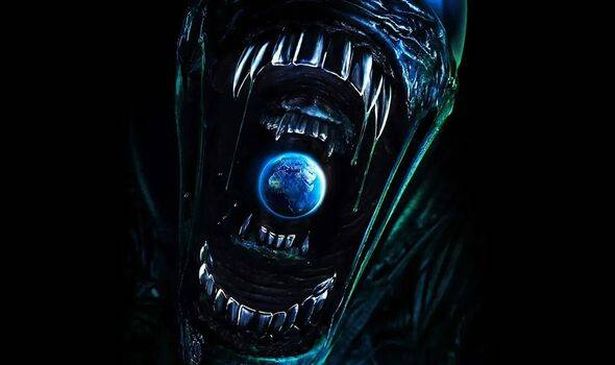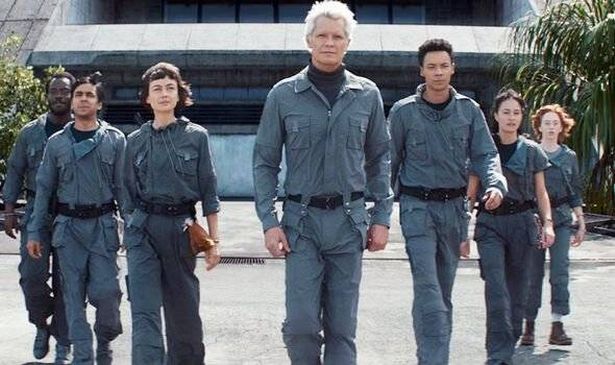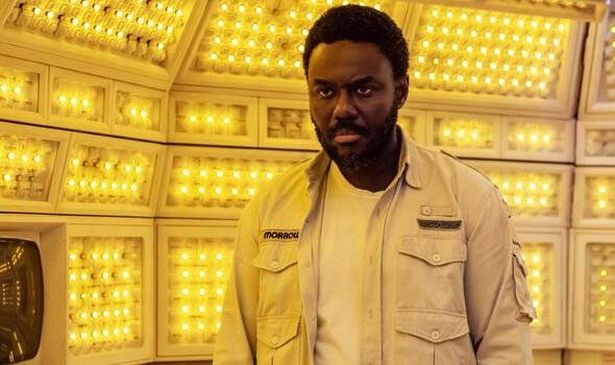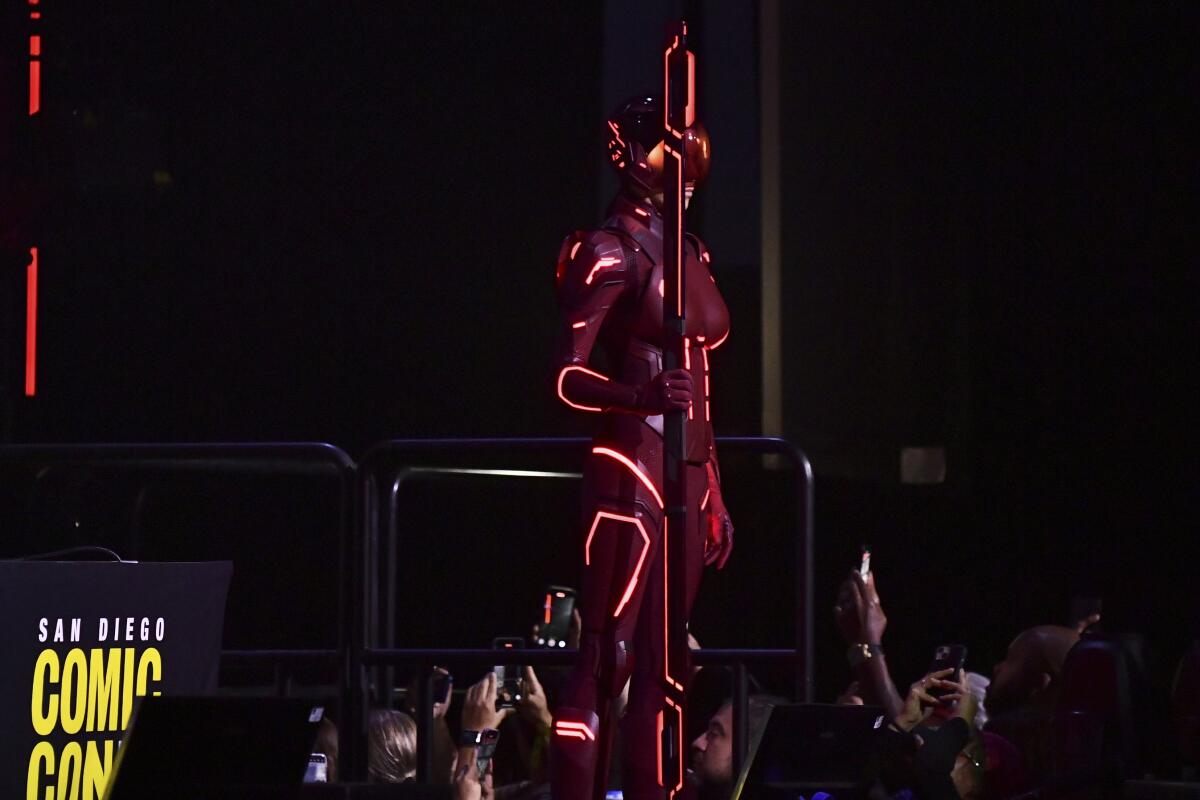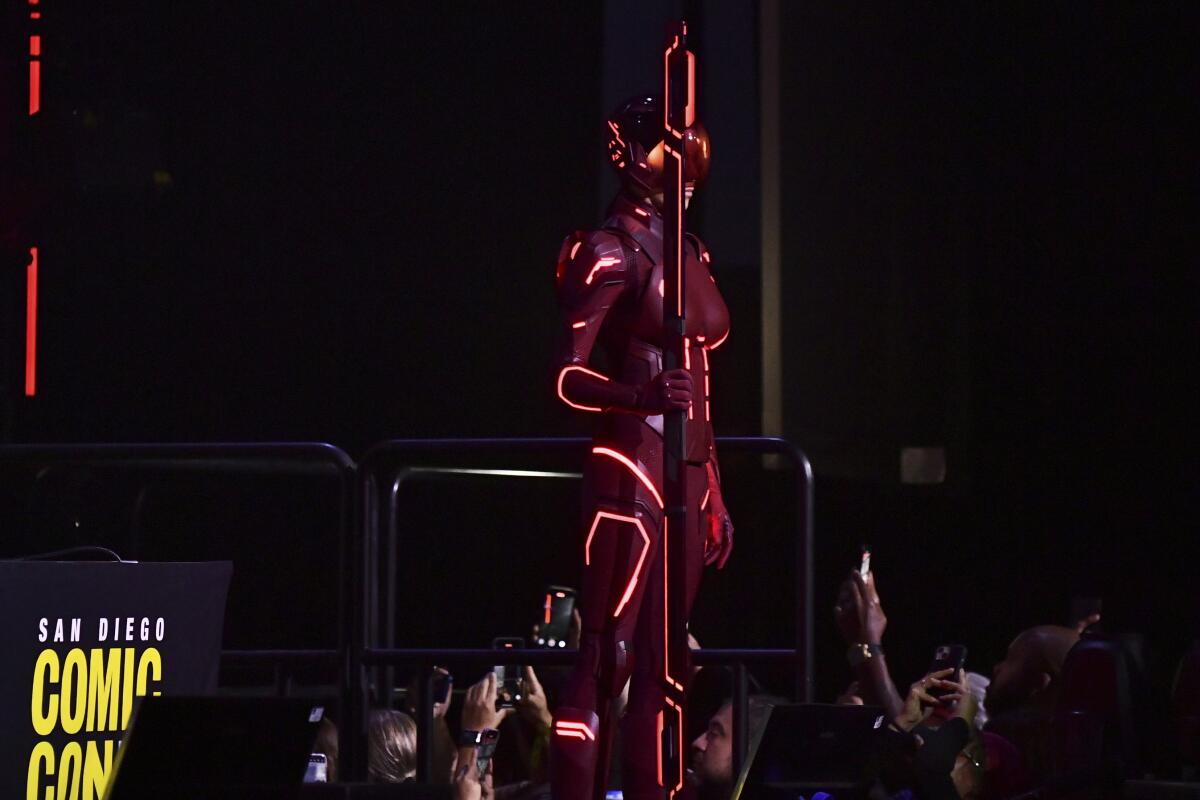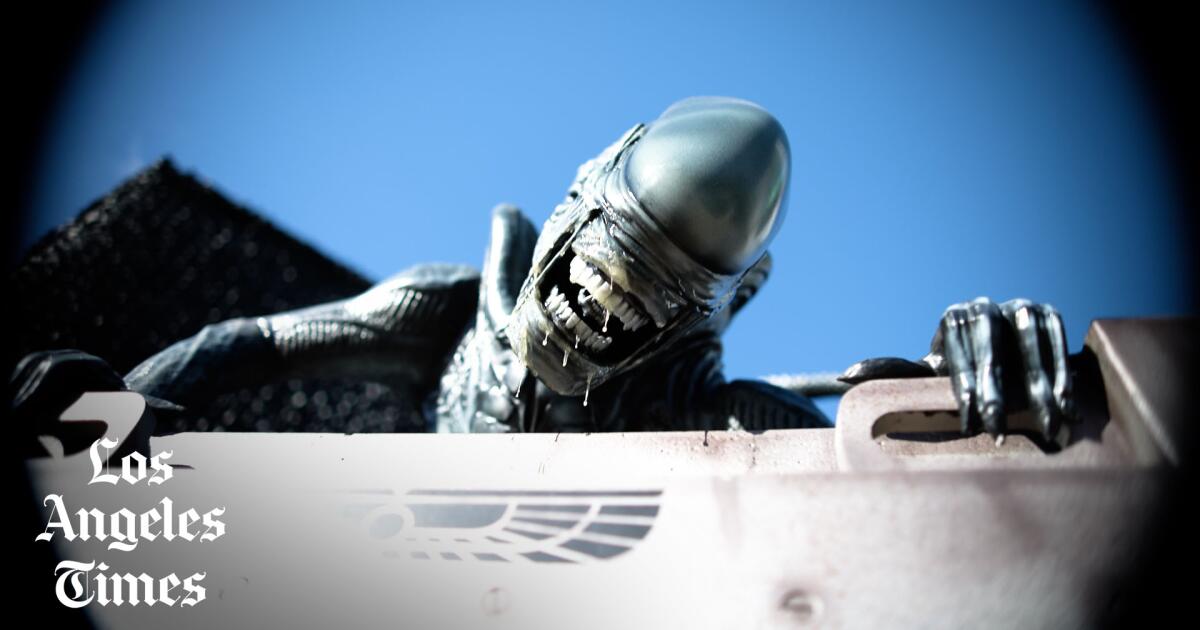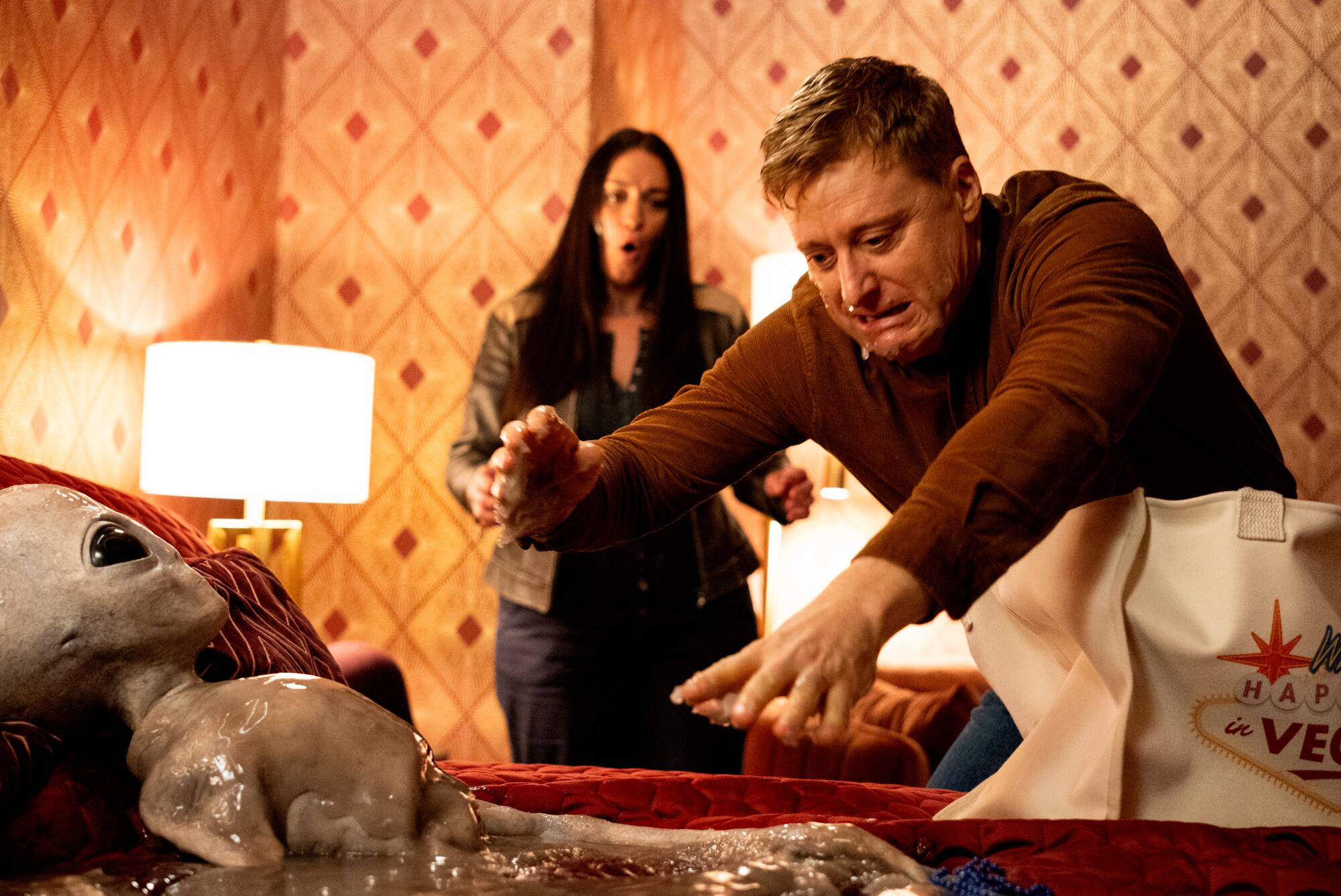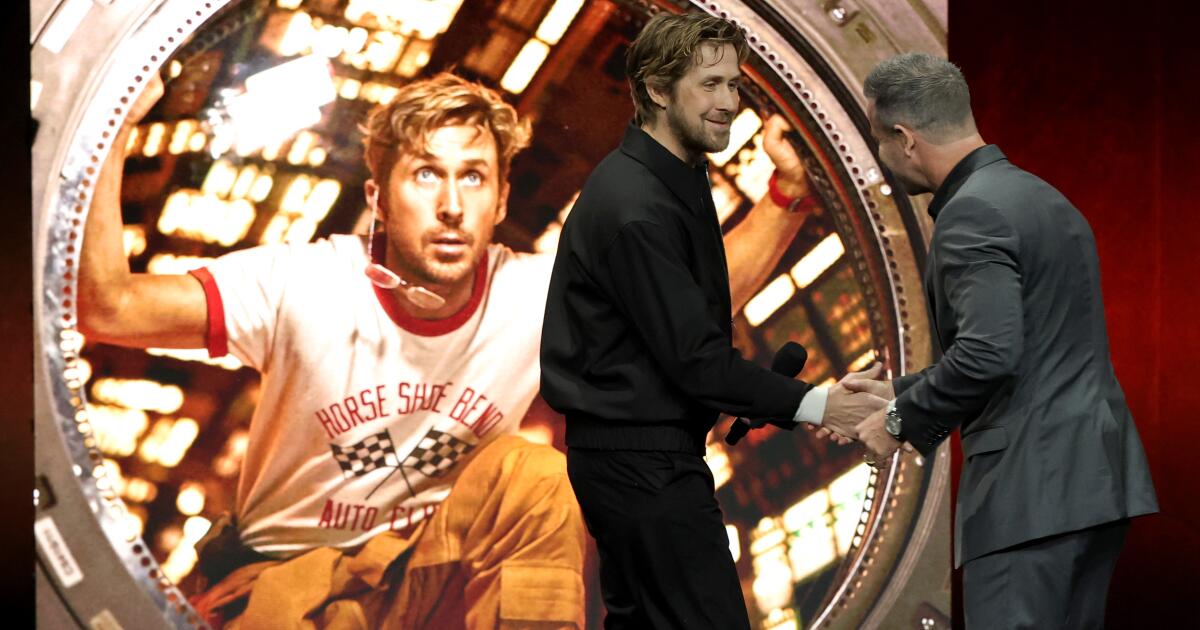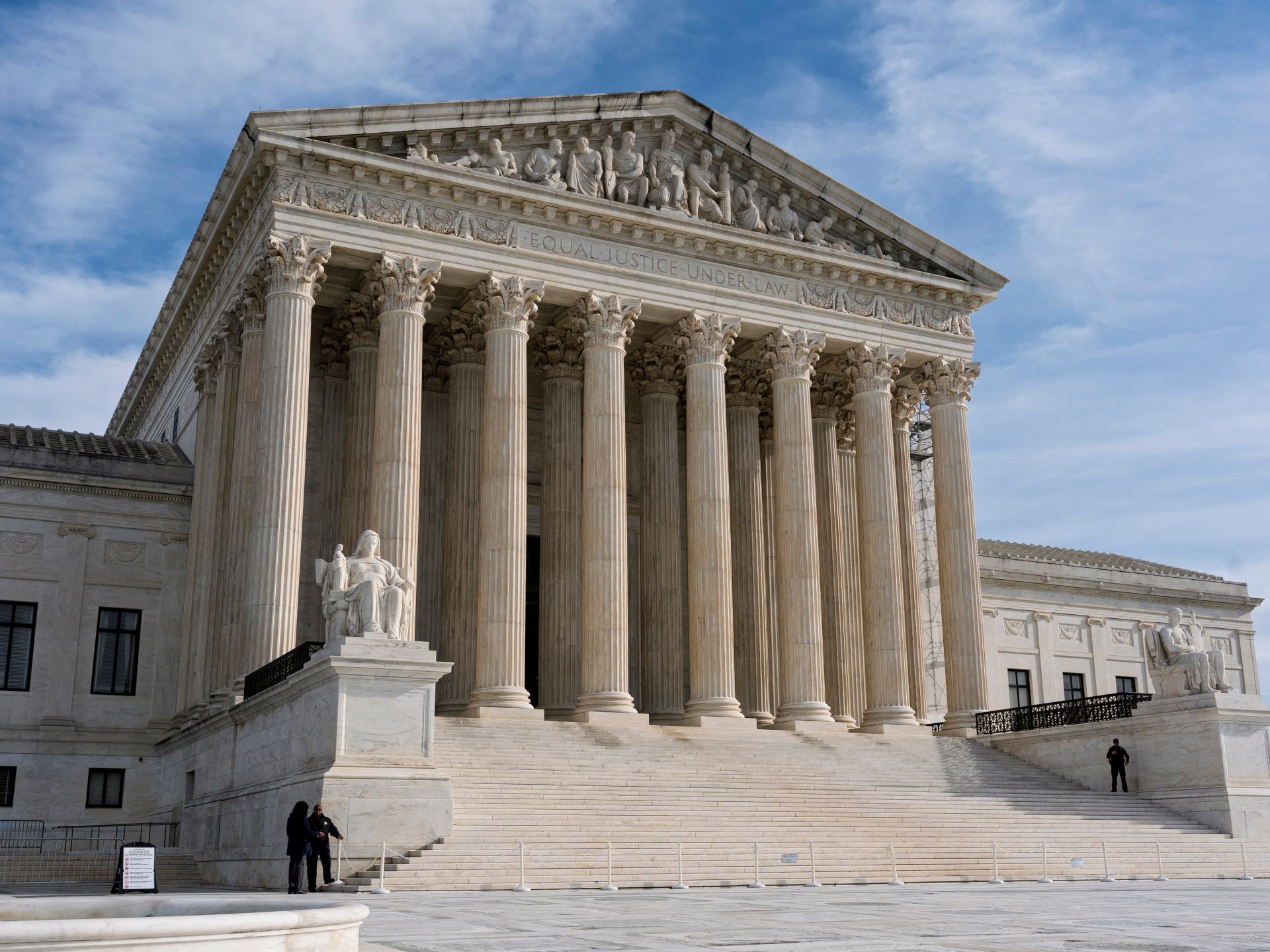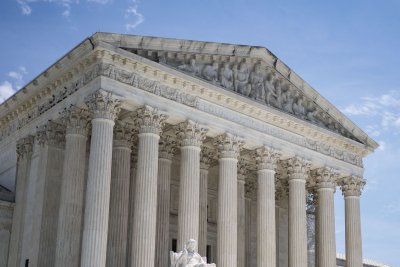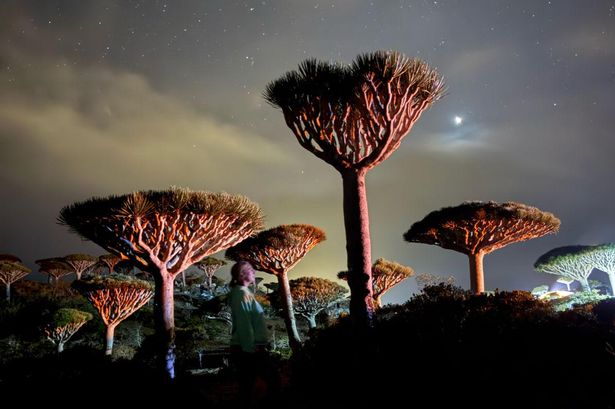The cast of the terrifying new Alien series have admitted they weren’t particularly scared of the iconic space menace on set for one simple reason
Alien: Earth’s cast have revealed the man inside the iconic Xenomorph suit was anything but frightening behind the scenes.
Created by award-winning Fargo showrunner Noah Hawley, the new FX series, premiering this week on Disney+ in the UK, serves as a prequel to Ridley Scott’s sci-fi nightmare from 1979.
The series’ ensemble cast includes newcomers and familiar faces, including Timothy Olyphant, Sydney Chandler, Alex Lawther and Babou Ceesay.
Of course, no entry in the Alien franchise is complete without the terrifying titular extraterrestrials and Hawley has emphasised a return to visceral practical effects to bring the horror to life.
Previewing the series at Alien: Earth’s London premiere, the cast revealed performer Cameron Brown was primarily inside the classic black suit that’s been horrifying fans for over 40 years.
READ MORE: Netflix’s ‘female John Wick’ thriller with 91% score that’s better than Keanu Reeves spin-offREAD MORE: Netflix fans say ‘they should have stopped’ at season one despite show dominating number one spot
“It was Cameron Brown, who’s a vegan,” Ceesay shared. “Dressed in an eight-foot suit.
“Snarling in your face, K-Y jelly dripping out of his mouth. Yeah, scary.”
However, Ceesay and the rest of the cast couldn’t help giggling as they fondly remembered their time with Brown on set.
Lawther added: “It’s really easy to run away scared from a Xenomorph when it’s really a man who’s a Xenomorph chasing you.”
The cast also revealed their alien-suited co-star would frequently take breaks to munch on carrot sticks and hummus, in stark contrast to his flesh-eating screen persona.
During a panel discussion at Comic-Con’s Hall H, lead actress Chandler previously admitted she was “giddy” to be chased by a Xenomorph, calling Brown “the sweetest person in the world“, per GoldDerby.
And Lawther agreed at the time: “There’s something hysterical about the fearsomeness of the Xenomorph, but then he takes off his head, and he’s from New Zealand, and he doesn’t eat meat.
Watch Alien: Earth on Disney+ with two months free
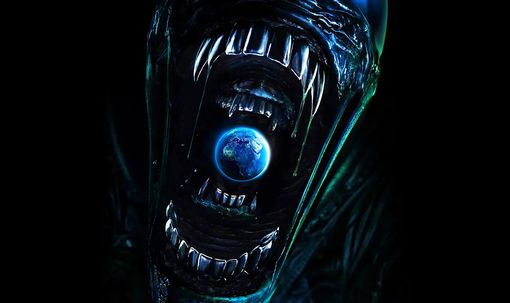
Sign up to Disney+‘s annual Standard or Premium plan and get the equivalent of two months free.
Avoid surprise price hikes by locking in your subscription costs for a year and stream hundreds of beloved films and hit shows, such as Alien: Earth from 13th August.
“If you think me and Sydney are soft-spoken, just wait till you meet the Xenomorph.”
Die-hard fans of the original film by director Ridley Scott, as well as its subsequent sequels, will be thrilled to discover that Hawley relied on practical effects and sets as often as possible.
Elaborating on the advantages of practical techniques versus CGI, he explained: “I think it’s meaningful, both to the cast and, I think audiences know when something’s real or not real.
“We’ve gotten very good at tricking them, but, usually, what you need is some realistic element in the shot.
“The thing with horror is your imagination does most of the work for you, so you don’t want to see the monster for too long. You want to see the shadows, you want to see the open door.
“The shot is half a second and you’ve got a tail on a fishing line and that’s probably gonna work, you know what I mean?”
Critics are saying the Alien franchise is better than ever with the new TV prequel, but will it win fans over who think the Xenomorphs should have stayed in space? Find out soon.
Alien: Earth premieres Wednesday, 13th August on Disney+.
For a limited time only, witness the first stage of the life cycle of the Xenomorph up close with a thrilling new display at London’s Natural History Museum.
Visitors can touch real pieces of the solar system at the Museum’s blockbuster exhibition, Space: Could Life Exist Beyond Earth?, and discover more about one of pop culture’s most iconic and frightening creatures just by the entrance until Friday, 22nd August.



